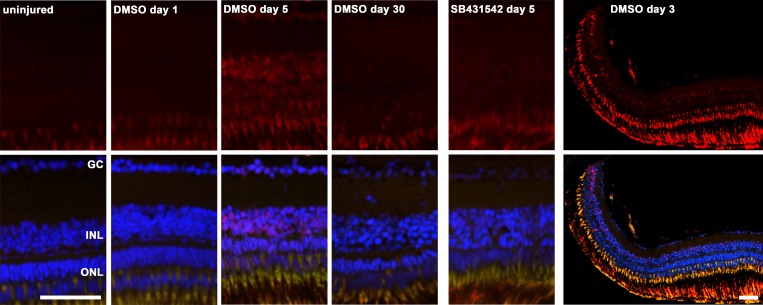Fig 1. Immunohistological staining for P-Smad3 as an indicator of TGFβ pathway activation.
The red channel with P-Smad3 staining is shown in the figures above, whereas overlay with the green (autofluorescence of photoreceptor outer segments) and blue channel (DAPI) is shown below. No relevant staining for P-Smad3 (red) was observed in the uninjured retina and one day after induction of retina degeneration with MNU. Starting at day 3 and until day 8, immunohistochemical staining for P-Smad3 revealed the activation of the TGFβ pathway (exemplarily, day 5 is shown). At day 15 and thereafter, no relevant activation was observed anymore (exemplarily, day 30 is shown). When the TGFβ pathway was inhibited (small molecule inhibitor SB431542), reduced staining for P-Smad3 was observed, when compared to the non-inhibited group in 0.1% dimethyl sulfoxide (DMSO). Lower magnification of retina 3 days after MNU treatment, including the peripheral retina is shown on the right. Cell nuclei are stained with DAPI (blue). The scale bar indicates 50 μm. GC: ganglion cells; INL: inner nuclear layer; ONL: outer nuclear layer.

